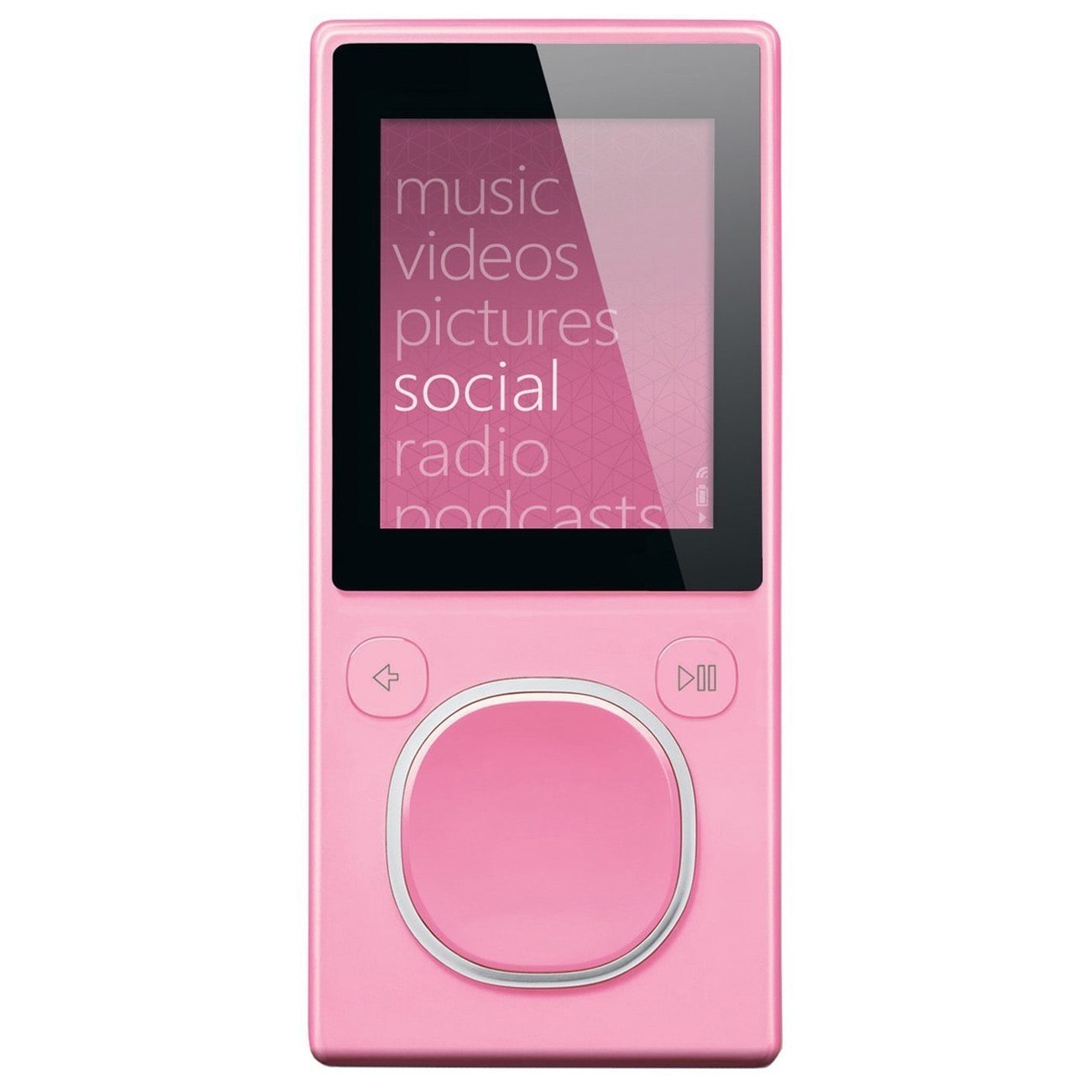
A couple scans for nearby Zunes, but no actual transfers.We got 11 hours and 37 minutes of continuous play with the following options: Audio was loud enough at 20 (of 20 points) that our aging, deaf ears could hear it well enough in some pretty loud places, like on a really busy street or in a very crowded cafe. Though we lack the discerning ears of a card-carrying audiophile, sound quality was definitely up to snuff. What's an audio player, though, without at least passable audio fidelity? Not much, and thankfully, the Zune delivers here.
#Zune mp3 player software
The same followed for many of the covers the Zune software downloaded.
#Zune mp3 player download
Upon download it was already fuzzy to look at in an image view, but scaled up 40 pixels on the Zune - where album art is king of the display in terms of real estate - it looked just awful.

Our Zune marketplace-acquired Lady Sovereign album art was, for example, only 200 x 200. The screen is bright and clear, although album art downloaded was often not of a decent enough resolution to look even passable.

It kind of helps orient the hand when in landscape mode not too shabby. Opposite the d-pad is a small, locationally-correlated indentation of the same circular shape. When you pull them out of the jack, your music pauses, just like Steve's player. The headphones, as we know, are magnetic, so they're easy to wind around the player when necessary, and don't fly all over the place. The Zune does also has a few useful additions that you can't help but like. It's no pair of white headphones in terms of iconography, but it's a start. It gives the player an easily recognizable visual feature, something consumers can see and instantly recognize, something to remind them to pull out their Zune. The doubleshot - that green, blue, or translucent rim around the exterior of the device - is something of a small delight. The display and the exterior didn't scratch nearly as easily as we thought it might, which is a good sign. The hard plastic exterior has a soft-touch matte finish, which makes it very comfortable to hold and feel. Though it's fairly squarish in its lines, compared to the HTC Hermes we've been toting around it's not too hard to forget it's in your pocket. Still, no matter what it was you intended to do with your Zune (except engage hold), it can be done with one hand (specifically, one thumb).

If the interface were arranged properly, the back button might not be necessary. A dedicated play / pause button is always nice to have, but many times we were left wondering whether things might have been done right another way. Since Microsoft didn't have the luxury of an extra dimension of input that Apple has in the clickwheel, and since the device changes orientation, their buttons are a little mixed up and wonky. The device layout is simple: static five way d-pad (that, of course, looks like a scroll wheel - more on that in a bit), dedicated back and play / pause buttons, a dock connector and audio-out port, and hold switch. You lose battery life by comparison, which is saying something considering the 5G iPod isn't exactly known for its battery performance. What do you get for that extra space? A larger 3-inch display - which, like the iPod, is also QVGA - and WiFi (802.11b/g). We're all well acquainted with it by now it's about as wide as a 5G iPod, but taller, heavier, and thicker than even the 80GB version. Obviously the first thing you'll notice about any device is, of course, the hardware.


 0 kommentar(er)
0 kommentar(er)
